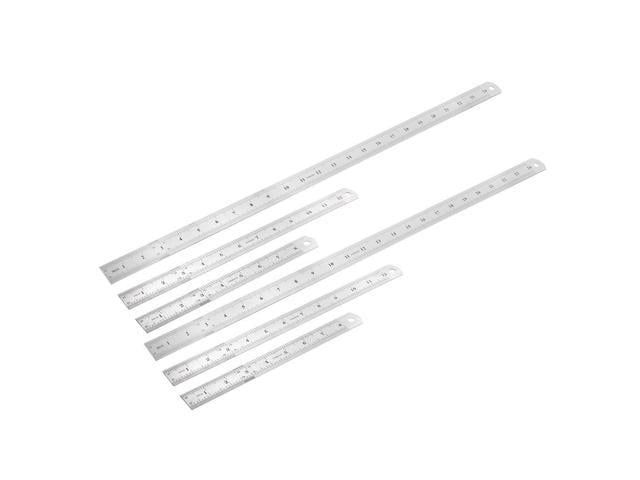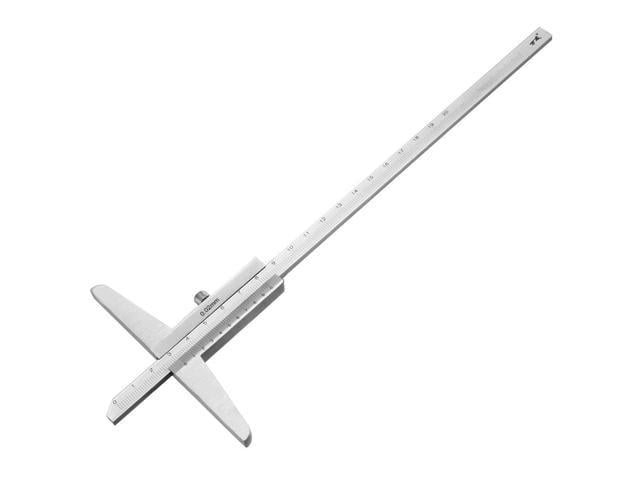Excerpt from The Pictorial Arts of Japan: With a Brief Historical Sketch of the Associated Arts, and Some Remarks Upon the Pictorial Art of the Chinese and Koreans
The altered conditions attached to the present order of things, however, are bringing some evils in their train. In the days of feudalism, the painter, as a rule, was more or less directly a pensioner of the state, and his claim to consideration was proportioned to the quality of his work, and not to the pecuniary equivalent his labours might be made to represent; but now he is compelled to fight his way as he can in the grim struggle for existence, and when so far successful, he is still tempted to enter that competition for wealth which is the great element of peril and degradation in the midst of the real progress of our modern civilization. Another risk, of a different kind, is just impending. The proposed abandonment of the complex system of writing originated by the distorted ingenuity of the Chinese will entail the sacrifice of those costly advantages of calligraphic training to which the Japanese painter owes his unequalled freedom of pencil. The accomplishment of the scribe has, however, been as much a snare as a benefit to the artist, and it may be that in his loss he will find a greater gain.
Japanese art in its various branches now occupies the thoughts of many minds, but it is only within very recent years that any attempt has been made to commit to paper the conclusions to which the study has led. The older writers upon Japan left the subject almost untouched, and whatever imitations of Japanese pictures appeared in their works were Europeanized to such an extent that they gave no measure of the artistic qualities of the originals; and although Dutch importations made us acquainted in some degree with Japanese pottery and lacquer, the pieces treasured in European collections were rarely examples of the best work the country could produce. It was not until after the expedition of Commodore Perry that our knowledge began to widen. The display of Japanese industrial products promoted by Sir Rutherford Alcock in connection with the International Exhibition of 1862, brought home to us the wonderful decorative qualities of the art of modern Japan. The published works of Siebold, whose immense and far-reaching labours are scarcely estimated at their proper value, and the volumes of Chassiron and Humbert, introduced us to good copies of Japanese wood engravings: the qualities of Japanese art were commented upon in the writings of Hubner, Bousquet, and others: a Japanese novel with all its illustrations was reproduced’ in England by photozincography in the earliest days of the process: and Mr. Mitford, in his Tales of Old Japan, took the step of introducing woodcuts designed and engraved by native artists, an example which was followed in the Chinshingura by Mr. F. V. Dickins, and in Sir E. J.
About the Publisher
Forgotten Books publishes hundreds of thousands of rare and classic books. Find more at www.forgottenbooks.com
This book is a reproduction of an important historical work. Forgotten Books uses state-of-the-art technology to digitally reconstruct the work, preserving the original format whilst repairing imperfections present in the aged copy. In rare cases, an imperfection in the original, such as a blemish or missing page, may be replicated in our edition. We do, however, repair the vast majority of imperfections successfully; any imperfections that remain are intentionally left to preserve the state of such historical works.















